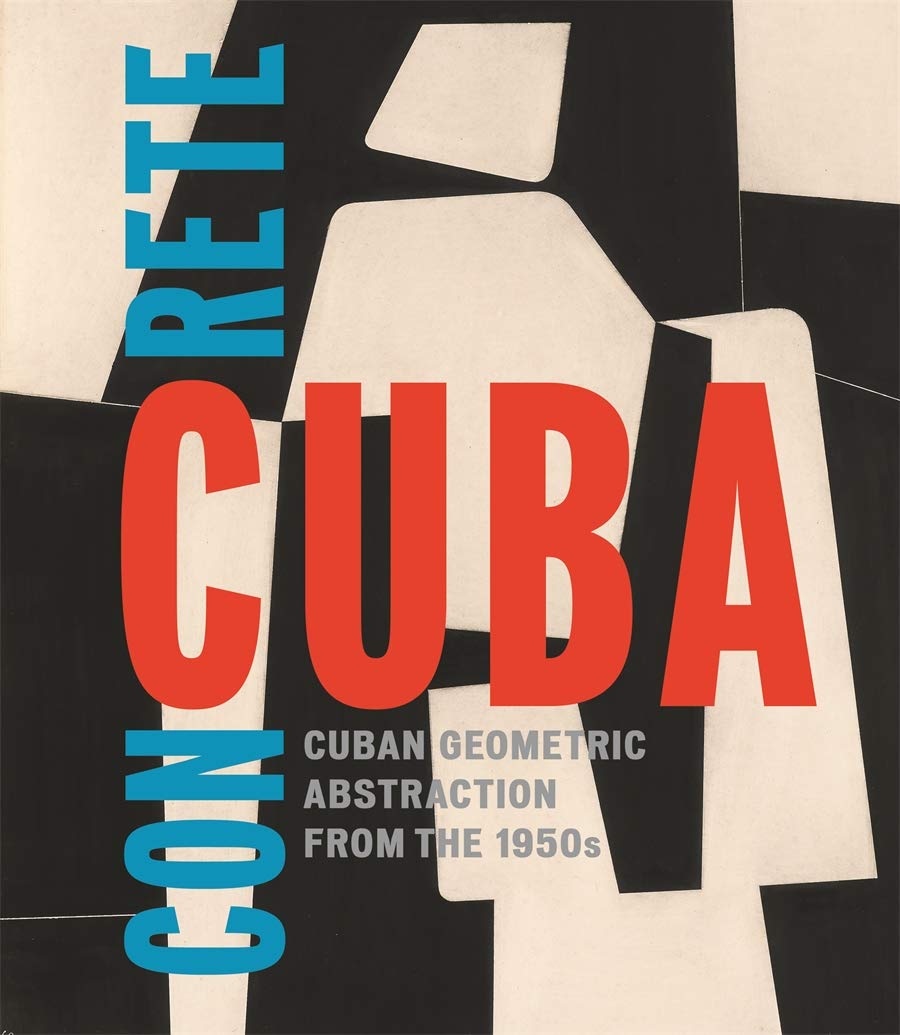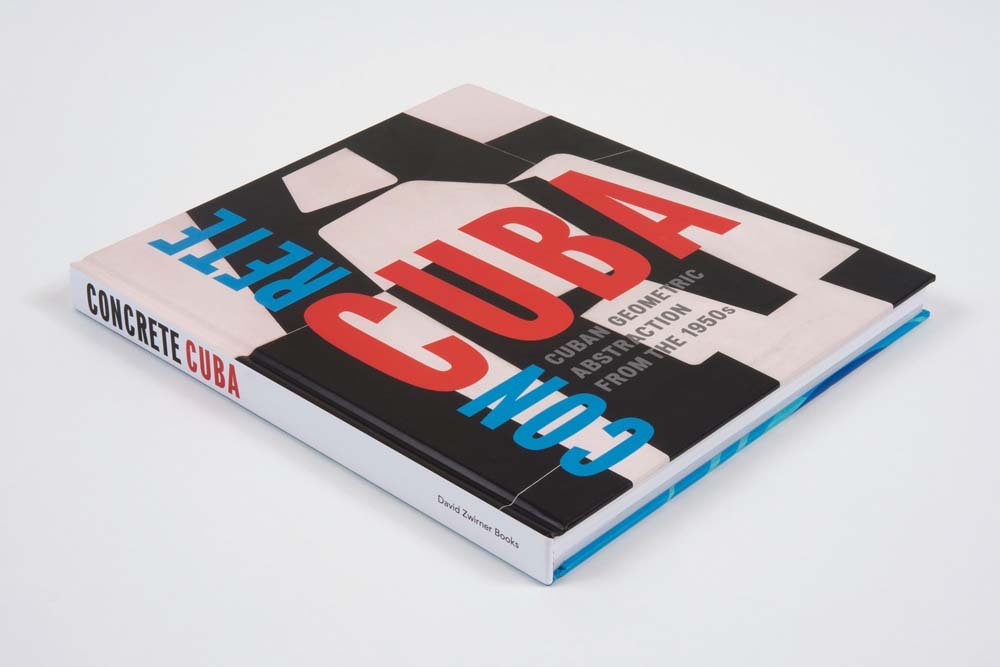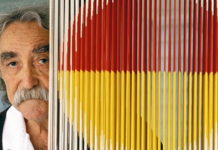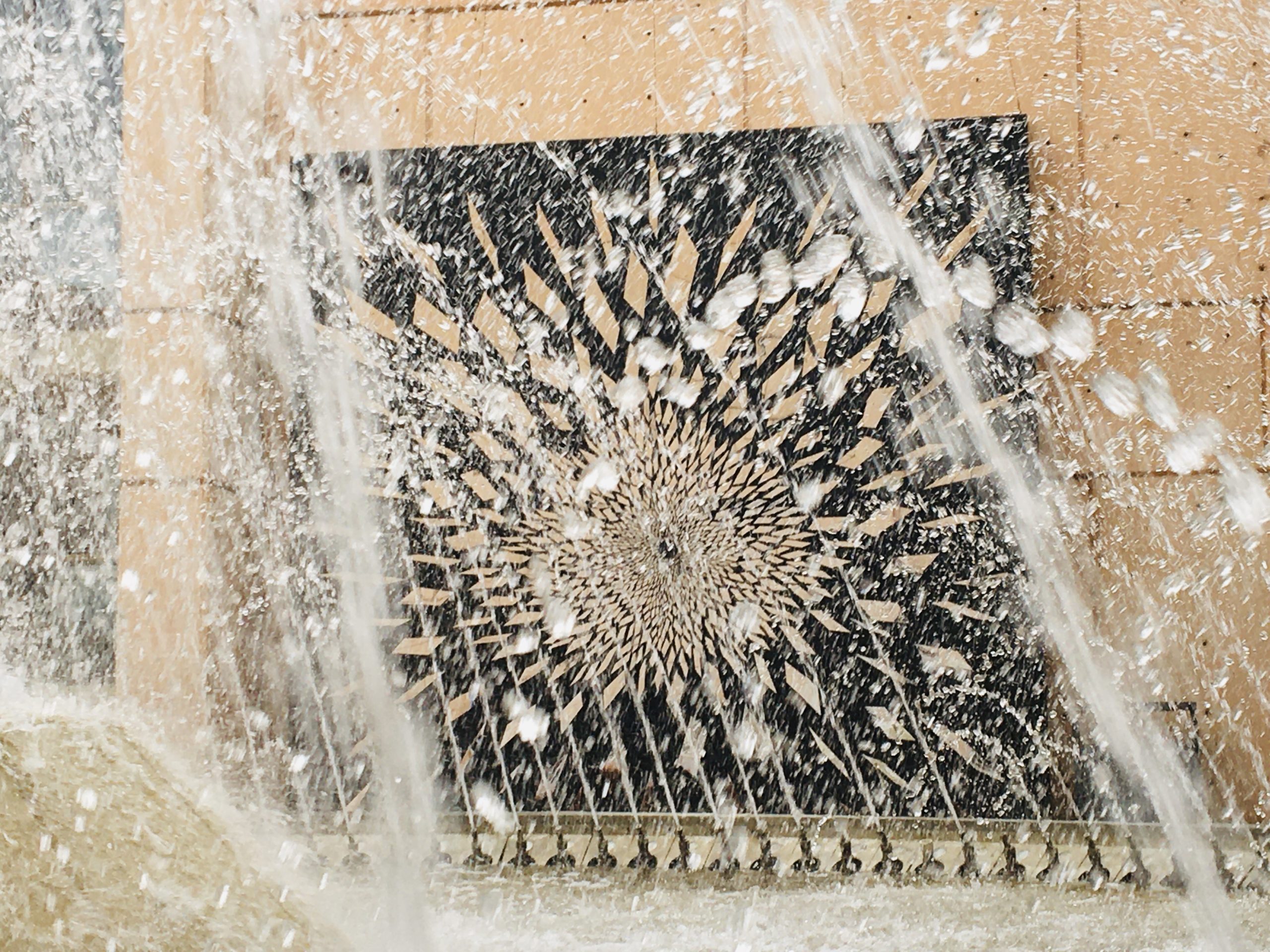Concrete Cuba: Cuban Geometric Abstraction from the 1950s
Concrete Cuba marks one of the first major presentations outside of Cuba to focus exclusively on the origins of concretism in the country.
Buy in Amazon.com Concrete Cuba Cuban Geometric Abstraction from the 1950s
Radical political shifts that raged throughout Cuba in the 1950s coincided with the development of Cuban geometric abstraction and, notably, the formation of Los Diez Pintores Concretos (Ten Concrete Painters). The decade was marked by widespread turmoil and corruption following the 1952 military coup and by rising nationalist sentiments. At the same time, Havana was undergoing rapid urbanization and quickly becoming an international city. Against this vibrant backdrop, artists sought a new visual language in which art, specifically abstract art, could function as political and social practice.
Concrete Cuba includes important works from the late 1940s through the early 1960s by the twelve artists who were at different times associated with the short-lived group: Pedro Álvarez, Wifredo Arcay, Mario Carreño, Salvador Corratgé, Sandú Darié, Luis Martínez Pedro, Alberto Menocal, José M. Mijares, Pedro de Oraá, José Ángel Rosabal, Loló Soldevilla, and Rafael Soriano. Many of the group’s members had traveled widely in the preceding years and corresponded with those at the forefront of European and South American abstract movements.
Produced on the occasion of the major exhibition at David Zwirner, Concrete Cuba is the first in-depth catalogue on the subject to be published in English; the show offered a “wonderful taste of a very complicated history,” according to Roberta Smith of The New York Times. With an extensive plate section, which includes works from the exhibition and a selection of important pieces from the permanent collection of Museo Nacional de Bellas Artes, Havana, this volume provides readers with a rich visual experience of this crucial period in modernism’s history. The catalogue also features an extensively researched illustrated chronology, compiled by Susanna Temkin, which tracks the development of the period artistically and politically from 1939 through 1964. New scholarship by Abigail McEwen offers an interpretative framework for this group of artists, and a deeper understanding of the forces behind the development of this movement. Also included is a conversation between Lucas Zwirner and Pedro de Oraá, one of the central members of Los Diez.
Text by Abigail McEwen. Interview with Pedro de Oraá by Lucas Zwirner. Illustrated chronology by Susanna Temkin
Radical political shifts that raged throughout Cuba in the 1950s coincided with the development of Cuban geometric abstraction and, notably, the formation of Los Diez Pintores Concretos (Ten Concrete Painters). The decade was marked by widespread turmoil and corruption following the 1952 military coup and by rising nationalist sentiments. At the same time, Havana was undergoing rapid urbanization and quickly becoming an international city. Against this vibrant backdrop, artists sought a new visual language in which art, specifically abstract art, could function as political and social practice.
Concrete Cuba marks one of the first major presentations outside of Cuba to focus exclusively on the origins of concretism in the country. It includes important works from the late 1940s through the early 1960s by the twelve artists who were at different times associated with the short-lived group: Pedro Álvarez, Wifredo Arcay, Mario Carreño, Salvador Corratgé, Sandú Darié, Luis Martínez Pedro, Alberto Menocal, José M. Mijares, Pedro de Oraá, José Ángel Rosabal, Loló Soldevilla, and Rafael Soriano. Many of the group’s members had traveled widely in the preceding years and corresponded with those at the forefront of European and South American abstract movements.
Produced on the occasion of the major exhibition at David Zwirner, Concrete Cuba is the first in-depth catalogue on the subject to be published in English; the show offered a “wonderful taste of a very complicated history,” according to Roberta Smith of The New York Times. With an extensive plate section, which includes works from the exhibition and a selection of important pieces from the permanent collection of Museo Nacional de Bellas Artes, Havana, this volume provides readers with a rich visual experience of this crucial period in modernism’s history. The catalogue also features an extensively researched illustrated chronology, compiled by Susanna Temkin, which tracks the development of the period artistically and politically from 1939 through 1964. New scholarship by Abigail McEwen offers an interpretative framework for this group of artists, and a deeper understanding of the forces behind the development of this movement. Also included is a conversation between Lucas Zwirner and Pedro de Oraá, one of the central members of Los Diez.
Publisher: David Zwirner Books
Artists: Pedro Álvarez, Wifredo Arcay, Mario Carreño, Salvador Corratgé, Sandú Darié, Luis Martínez Pedro, Alberto Menocal, José Mijares, Pedro de Oraá, José Ángel Rosabal, Loló Soldevilla, Rafael Soriano
Contributors: Abigail McEwen, Pedro de Oraá, Susanna Temkin, Lucas Zwirner
Designer: Henk van Assen
Printer: VeronaLibri, Verona, Italy
Publication Date: 2016
Binding: Hardcover
Dimensions: 9 3/4 x 11 in (24.8 x 27.9 cm)
Pages: 192
Reproductions: 122 color, 55 b&w
ISBN: 9781941701331
Retail: $55 | £40 | €54
Status: Available
Abigail McEwen
Abigail McEwen is associate professor of Latin American art at the University of Maryland, College Park. She received her PhD from the Institute of Fine Arts, New York University, in 2010, and joined the faculty at the University of Maryland that year. She is an affiliated faculty member of the Latin American Studies Center. McEwen’s own book, Revolutionary Horizons: Art and Polemics in 1950s Cuba, is forthcoming in 2016 from Yale University Press.
Pedro de Oraá
In 1957, artist, poet, and art critic Pedro de Oraá cofounded the Galería Color-Luz in Havana with his partner and fellow artist Loló Soldevilla. The gallery served as an important center for the development of abstract art in Cuba. In 2015, in recognition of his prolific career, de Oraa´ was awarded Cuba’s Premio Nacional de Artes Plásticas.
Susanna Temkin
Susanna Temkin is assistant curator at the Americas Society/Council of the Americas, New York. She earned her PhD from the Institute of Fine Arts, New York University, where her research focused on modern art in the Americas. Her doctoral dissertation centered on Marcelo Pogolotti, a key figure from the first generation of modern artists in Cuba and a participant in the international avant-garde.
Lucas Zwirner
Lucas Zwirner is editorial director at David Zwirner Books, where he recently began the ekphrasis series, dedicated to publishing short texts on visual culture by artists and writers, rarely available in English. He has also written on numerous contemporary artists and translated books from German and French.
About the Author
Abigail McEwen is associate professor of Latin American art at the University of Maryland, College Park. She received her PhD from the Institute of Fine Arts, New York University, in 2010, and joined the faculty at the University of Maryland that year. She is an affiliated faculty member of the Latin American Studies Center. McEwen’s own book, Revolutionary Horizons: Art and Polemics in 1950s Cuba, is forthcoming in 2016 from Yale University Press.
Susanna Temkin is assistant curator at the Americas Society/Council of the Americas, New York. She earned her PhD from the Institute of Fine Arts, New York University, where her research focused on modern art in the Americas. Her doctoral dissertation centered on Marcelo Pogolotti, a key figure from the first generation of modern artists in Cuba and a participant in the international avant-garde.


















